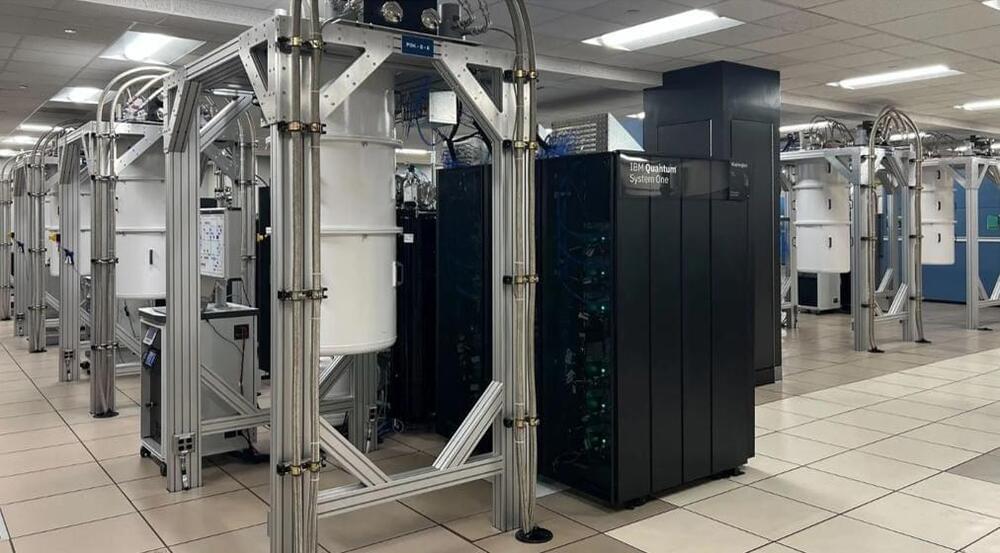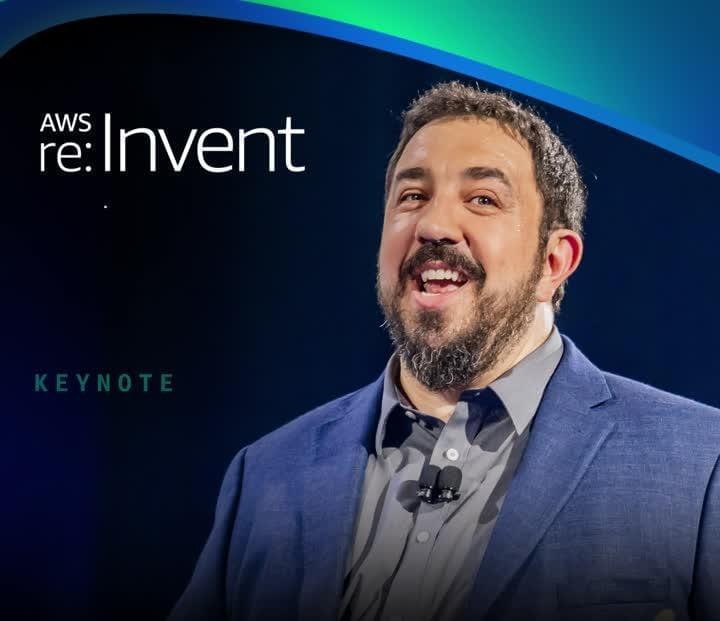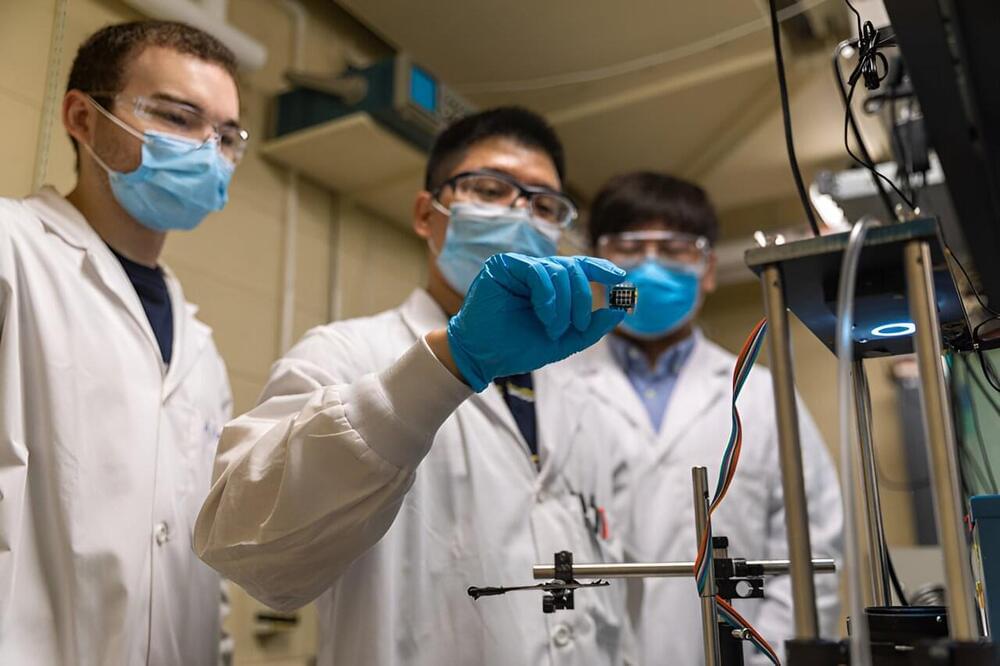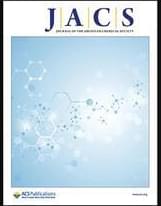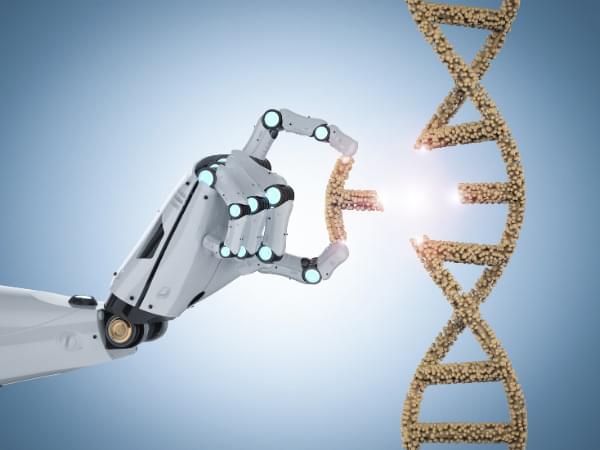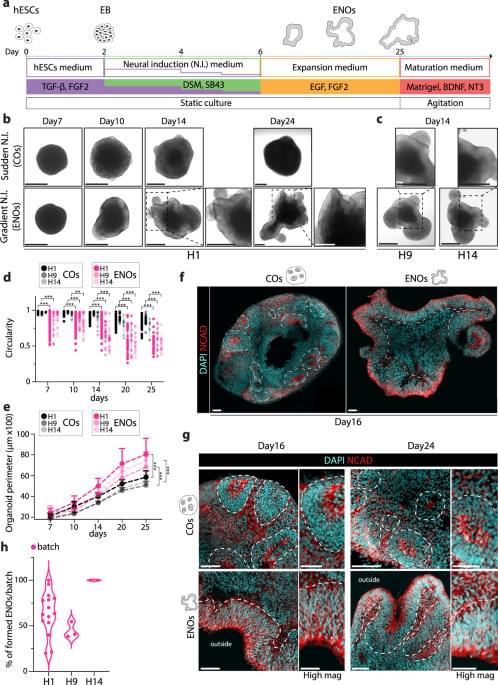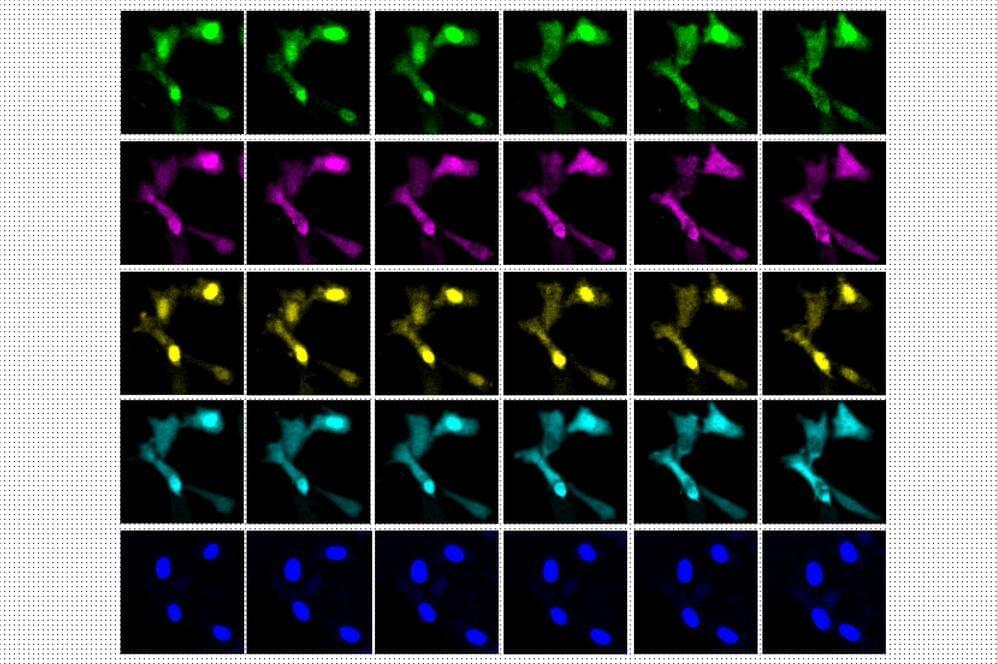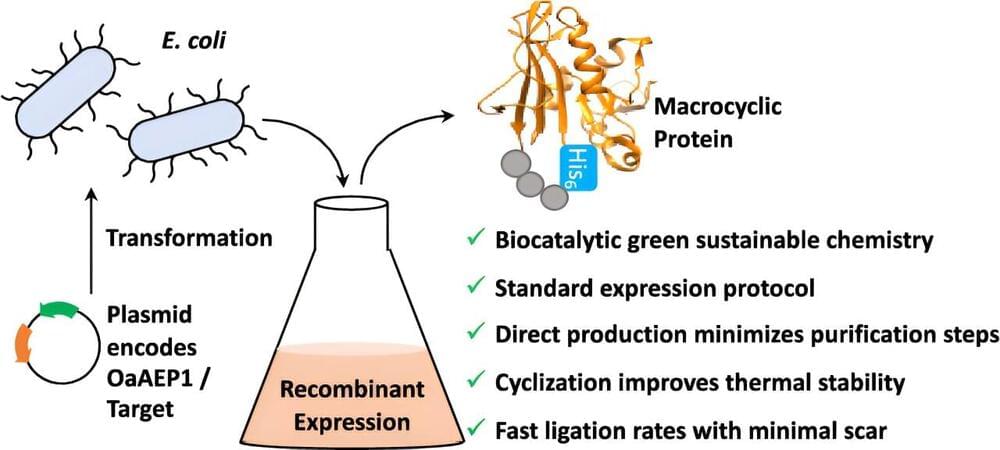Former Snap software engineer Joshua Xu believes AI-generated video is about to have a moment like Snapchat or Instagram had in the early days of the mobile photography revolution.
As early proof of that, he points to his own company HeyGen. After launching its AI-powered video creation app last September, HeyGen reached $1 million in annual recurring revenue in March, then $10 million in August. Today, that number is up to $18 million, Xu, cofounder and CEO, told Forbes.
“Snapchat is a camera company where everyone creates content through the mobile camera,” Xu said. “We think AI can create the content. AI could become the new camera.”
On Wednesday, HeyGen announced $5.6 million in new venture capital funding led by Sarah Guo’s Conviction Partners. The round values the Los Angeles-based company at $75 million; As part of the deal, Guo will take a board seat in place of HongShan (formerly Sequoia China) as HeyGen takes measures to distance itself from its Chinese origins.
